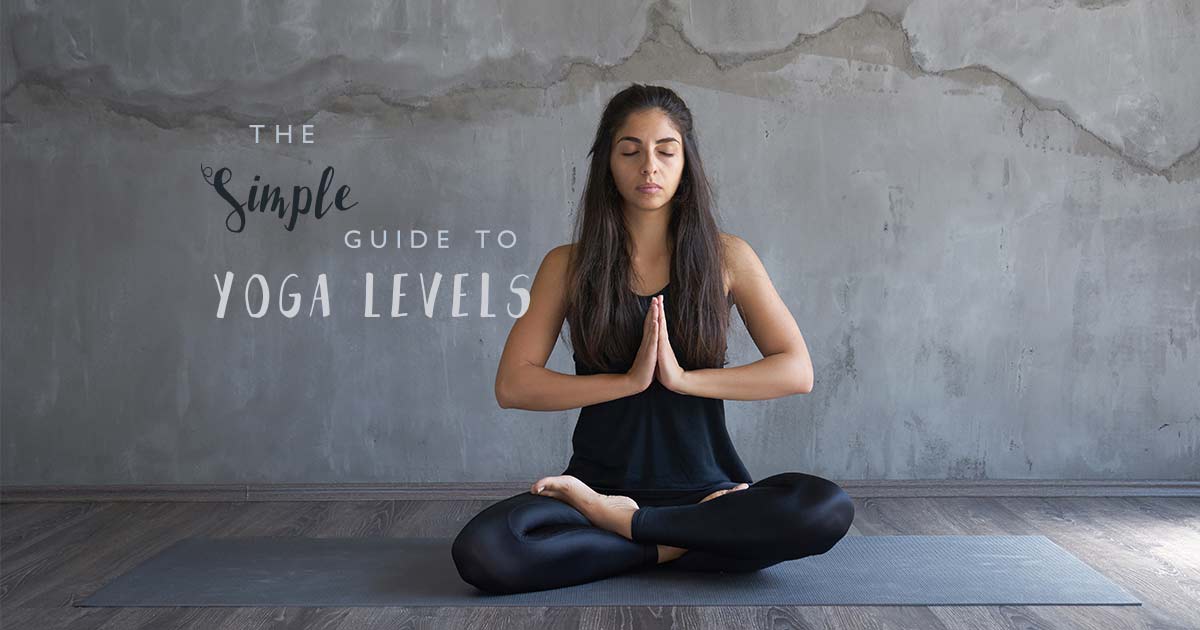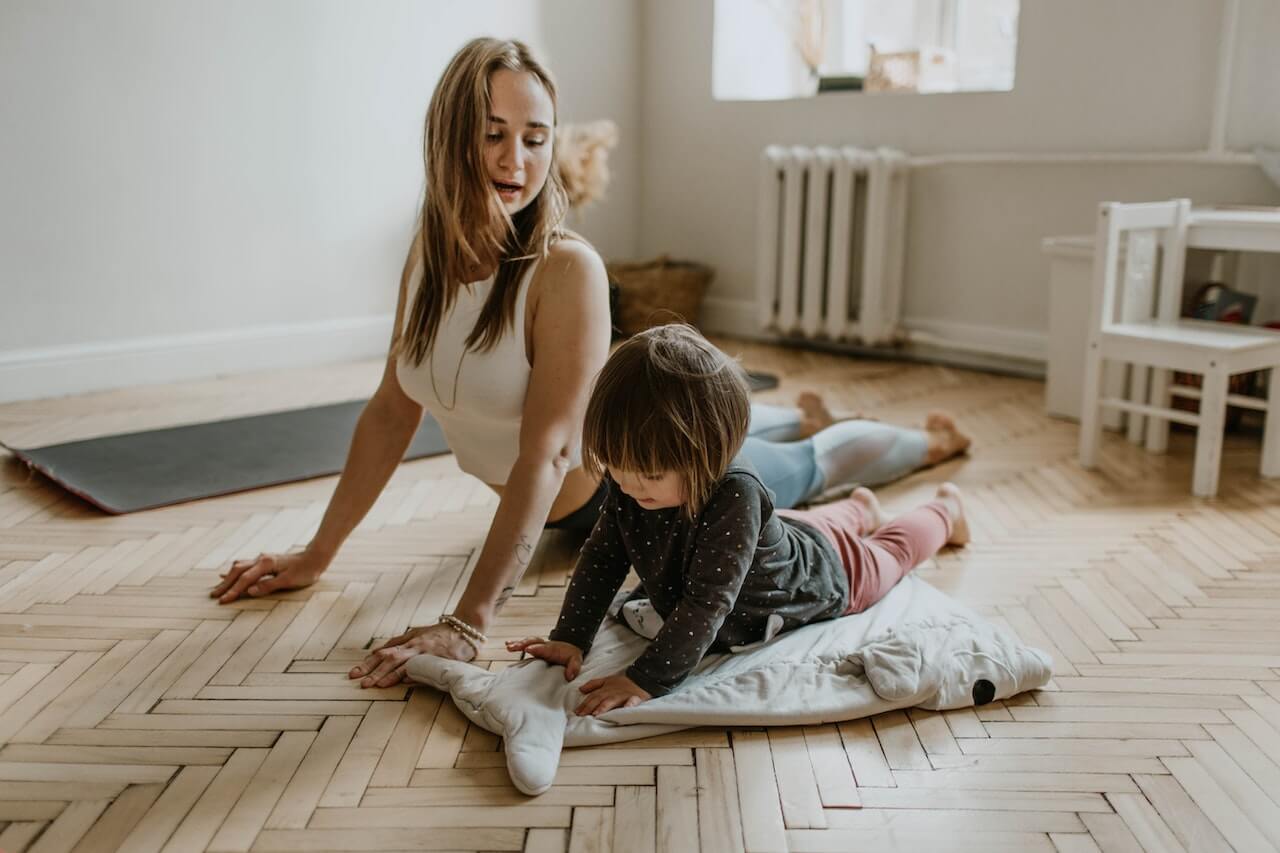A Simple Guide to Yoga Levels
“Practice as if you want to practice tomorrow.” – Yoga Levels Explained.
Whether you are brand-new to yoga or you come from a competitive sports background, attending that “Level 1” class can be a challenge for our egos (Luckily, yoga is here to help us with that)! In reality, the basic foundational poses of yoga are often the most challenging and are absolutely vital to building a strong, sustainable practice for many years to come. Unlike sports or heavy weightlifting that strain the body and leave us prone to injury and overuse, yoga simply allows the body to move in the way it was intended to move and bear only the weight it was intended to bear.
This article is a brief overview of how best to approach the different yoga levels, allowing you to practice like the incredible 98-year-old-yogi, Tao Porschon-Lynch.
Level 1 or “Beginner’s” Classes
It is a common misconception that a Level 1 class is for those with no yoga experience, ultra-tight hamstrings, or less-active folks. There is so much value to be gained in working on foundational yoga postures, regardless of whether you can put your leg behind your head or can’t touch your toes. Level 1 yoga classes are intended to provide an understanding of essential points of alignment and deepen a connectedness to the body.
For those who are new to yoga (generally speaking, those who are within their first 10 yoga classes), a Level 1 class is absolutely the right choice. The classes will allow a safe space for exploration of the foundational poses of yoga and will focus on breath work, basic yoga sequences and alignment. Level 1 classes teach us the mindful self-care techniques that are so necessary in order to have a life-long practice: spreading the fingers wide in Downward Dog, allowing for a slight bend in the knees to avoid hyperextension, drawing the belly to the spine to support the lower back.
Level 1 yoga classes are not just for newbie yogis. Experienced yoga practitioners often attend foundational classes from time-to-time to keep their practice grounded in the ever-important basics of alignment.
Important note: In these days of social media, we often see posts of handstands and arm balances and want to fast-track our yoga practice to “get to” these poses. Luckily for our bodies, that’s not how yoga works! A daily practice of all the foundational poses of yoga is what enables our bodies to access more advanced poses – you can’t have one without the other. In the same way that a stable house is built on a strong foundation, an advanced yoga practice is built on the consistent and conscious practice of foundational poses. لعبة 21
Level 2 Classes
Once you have enrolled in ten-or-so Level 1 classes, you will find Level 2 yoga classes are a natural next step. Level 2 classes are often marketed as classes where “all levels are welcome.” In Level 2 classes, teachers build on foundational poses with frequent alignment cues and usually offer more advanced options for those students who feel ready.
Thanks to the ever-important basic foundational yoga poses, by the time you enter a Level 2 class, you will be more aware of how to access the poses that teachers are instructing: how to forward fold, how to twist, how to link your poses to your breath. To avoid injury and build a sustainable practice, it is crucial that students honour their individual bodies and remember that there is no end-goal in yoga. Unlike traditional athletic outlets, in yoga there is no “winning. ” Rather, the only accomplishment that comes from practising yoga is a more comfortable, freer, happier body and mind.
Important Note: As you advance in your yoga practice, it is important to remember that it can often take many years for the body to release and allow us to sustainably enter poses without forcing ourselves and risking injury. For example, it can take five years of consistent practice for the hips to relax to the floor in pigeon pose. The best advice is always to find the balance between challenging yourself and honouring the limits of your body on any given day.
Level 3 Classes
After practising consistently and sustainably for a number of years, attending a Level 3 or “Advanced” yoga class can be a fun and safe way to explore poses that are not traditionally taught in yoga class. By the time a student attends a Level 3 yoga class, they should have a deep understanding of the workings of their body and the ability to honour and respond to their internal energy on any given day. While Level 3 yoga classes offer teaching of more advanced poses, the advanced yoga student is one who recognises their limits and honours the limits of their body.
In a Level 3 yoga class, students may explore deeper backbends and arm balances such as headstand, forearm stand and handstand. Many poses will be held for longer periods of time to allow students to employ deeper focus on alignment. Students are often given space and time to explore advanced poses without the direct instruction of a teacher, with the expectation that students are hyper-aware of alignment and will use deep pranayama (breath practice) to support their movement.
Conclusion
The best advice an aspiring yoga practitioner can receive is to always “Practice as if you want to practice tomorrow.” It is very important to remember that a yoga practice is not meant to follow a traditional practice of advancement. Being “better” at yoga does not mean mastering an arm balance; it means honouring the limits of your individual body and practising in a way that both challenges and nurtures your body. When practised mindfully, yoga can mend our injuries and prevent new ones.
A successful yoga practice is a sustainable yoga practice. And remember, it is just that: a PRACTICE! For yoga to begin to show its amazing effects on the body and mind, it should be incorporated into one’s daily way of living. When we are mindful of the way we move our bodies, we begin to become mindful of the way we live our lives, of our actions and reactions, of our emotions and our thoughts. When this mindfulness spreads to all areas of life, then we are practising yoga.




Leave A Comment